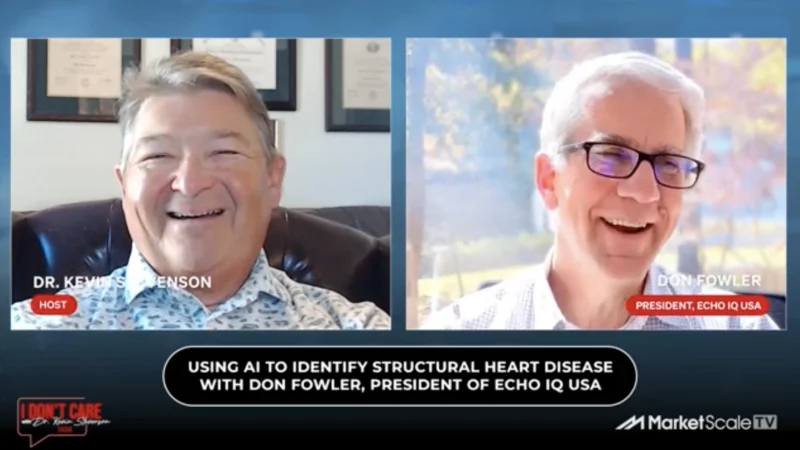Patient Grand Rounds Example
In this insightful grand rounds example, Carevive focuses on a 76-year-old female patient diagnosed with stage four non-small cell lung cancer, with evidence of brain metastases. The patient’s biomarker status indicates PDL-1 positivity, and she also has a history of diabetes. While the patient continues to work part-time and leads an active lifestyle, she faces the challenges of living alone.
The treatment history reveals a course of immunotherapy, including nivolumab and ipilimumab, followed by pembrolizumab with carboplatin and paclitaxel. Carevive then provides an in-depth analysis of the patient’s symptom burden and treatment bother over the treatment timeline.
Symptom reporting spikes correlate with the treatment course, with certain symptoms standing out as severe, such as decreased appetite, fatigue, and muscle pain. The granular data on symptom interference with daily life highlights fatigue and muscle pain as persistent challenges throughout treatment.
Carevive’s detailed insights go beyond symptom burden, shedding light on the patient’s functional status over time. The patient’s ability to tolerate the multimodal therapy is evident from the maintained moderate function and treatment bother levels.
Through this case study, Carevive demonstrates the power of personalized data-driven insights. Understanding individual patient experiences empowers care teams to tailor support, leading to better treatment decisions, symptom management, and ultimately improved patient outcomes.
Carevive’s commitment to patient-centered care continues to revolutionize oncology treatment, providing clinicians with valuable tools to optimize patient care and well-being. With data-driven insights and a focus on patient quality of life, Carevive sets a new standard in patient care and support.




